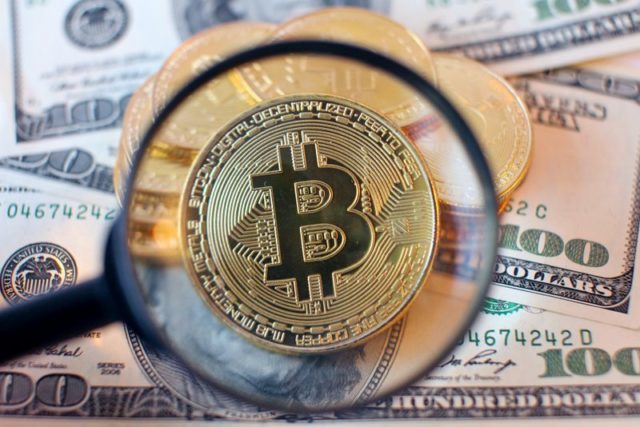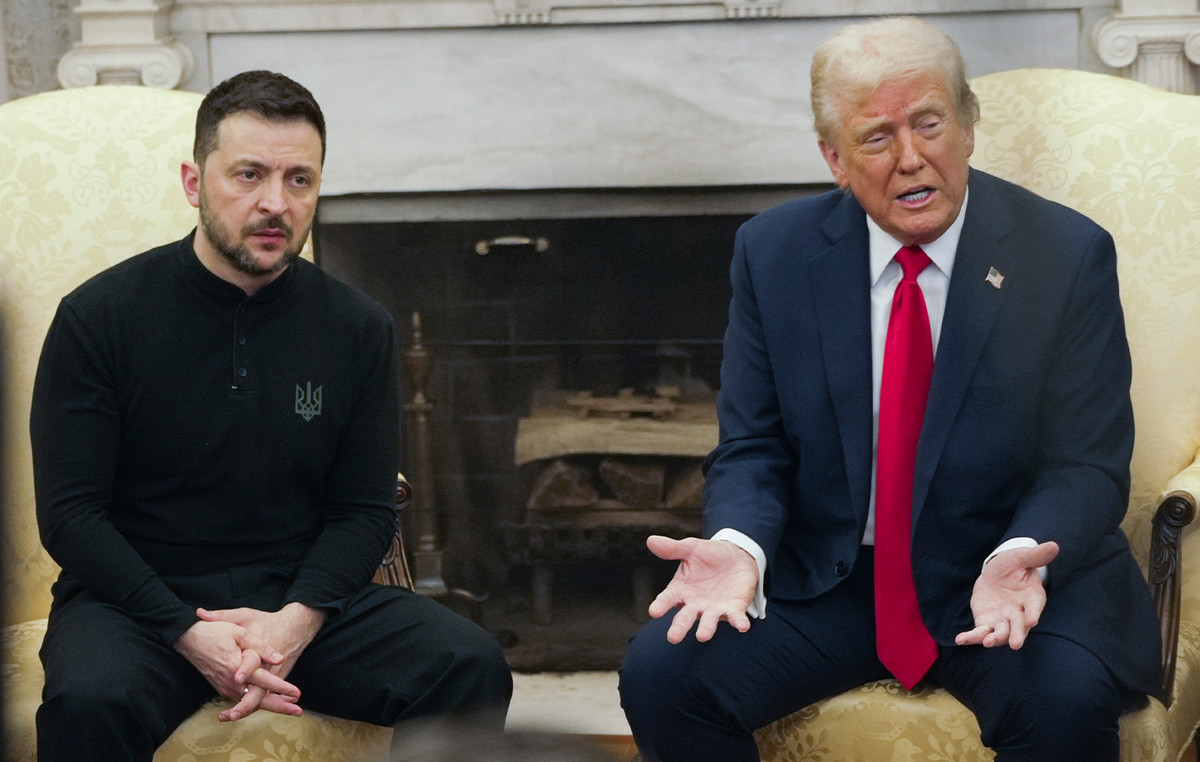The Selic had its twelfth consecutive rise this Wednesday (3), in a long cycle of monetary tightening that began in March 2021. The basic rate of the economy had never had so many readjustments in a row, but it must have reached its final value, or very close to it, according to economists interviewed by the CNN Brasil Business .
“The Committee suggests in its communiqué that the current tightening cycle is heading towards its conclusion, suggesting that it will assess the need for a residual adjustment, of lesser magnitude, at its next meeting”, they say. Alexandre Espirito Santo, chief economist at Órama and Elisa Andrade, macroeconomics analyst, in a joint note.
“Our reading is that, despite leaving the door ajar for a new increase of 0.25 pp, the greater probability is that the rate will stay at this 13.75% for a long time”.
Nicolas Borsoi, chief economist at Nova Futura Investimentos , believes that the bullish cycle ended this Wednesday. “We didn’t think he would finish the cycle today, but I understand that communication validates this perception”.
Despite having signaled that the end is very close, the BC admits that it may not reach its 4.6% inflation forecast for 2023. In order not to continue raising interest rates, which are already in very restrictive territory, the BC begins to look to 2024 as part of the relevant horizon.
“As their model is generating an inflation of 4.6%, well above the target, the BC’s decision not to continue raising interest rates was to work with a relevant horizon of monetary policy of 18 months. In this window, what the model tells them is that, in the first quarter of 2024, inflation will fall to 3.5%, very close to the target for that year. So he is using this moving window as an argument to end the interest cycle”, says Gabriel de Barros, chief economist at Ryo.
In a statement released after the meeting on Wednesday, the institution says that inflation projections for 2022 and 2023 are subject to “high impacts associated with tax changes between calendar years. Thus, the Committee chose at this time to emphasize the twelve-month inflation in the first quarter of 2024, which reflects the relevant horizon, smoothes the direct effects arising from tax changes, but incorporates their secondary impacts on inflation projections relevant to the monetary policy decision”, he says.
The BC revised its inflation projections, including the tax effects of the measures approved by Congress (PEC of Benefits), and now expects IPCA of 6.8% in 2022, 4.6% in 2023 and 2.7% in 2024.
With these revisions, “the scenario that should not require further adjustments”, says Rafaela Vitória, chief economist at Inter. However, the economist points out that “in the balance of risks, uncertainties about potential fiscal measures in 2023 that could cause new inflationary pressures still weigh”.
The decision to increase the Selic by another 0.25 percentage point in September will be highly conditioned by the unfolding of the global scenario and the domestic scenario, says Barros, from Ryo Asset.
The economist indicates that there are three variables in the Central Bank’s assessment: the US inflation scenario, the geopolitical scenario and the domestic scenario – that is, inflation expectations in Brazil and the electoral political context.
In addition, Barros believes that the BC communiqué shows that the bank’s strategy for not continuing with the bullish cycle was to work with a relevant monetary policy horizon of 18 months.
For the chief economist of MB Associados and CNN Economics expert Sergio Vale the expectation on the part of the financial market that this would be the last rate increase is unlikely to materialize.
“The Central Bank signaled a further increase, going to 14% at the next meeting. Which shows the bank’s concern with the next two years, especially with the year 2024”.
For Vale, the institution’s perception is that the “battle against inflation is already lost for next year”. Therefore, the concern will be with the inflation of 2024.
“Now the BC does not want to miss the year 2024, as the worst of the pandemic will have passed, the war in Ukraine will be more underway, the issue of commodities, the issue of energy. The BC wants now, after all this turmoil we are experiencing at the moment, to have the reins of inflation in 2024. For that to happen, it is raising the Selic a little more at the moment”.
The expert believes that the rate should have a slow decline, ending the year 2023 around 11.5%, “to really try to try to control the expectations of 2023 and 2024”, he said.
Débora Nogueira, chief economist at Tenax Capital considers it appropriate that the monetary tightening cycle continues to advance “significantly in even more contractionary territory”, which indicates yet another adjustment.
The economist also works with the expectation that the cycle should end with a rate of 14% per year and expects the Selic to remain at this level until, at least, the third quarter of 2023.
“By emphasizing the inflation forecast for the first quarter of 2024, the Committee refrains from addressing the potential harmful effects of short-term inflation,” says the statement. Eleven Financial in note. “Additionally, it assesses the secondary effects of tax measures as benign, without considering potential income effects on prices”.
The analysis house points out that the Copom replaced the term “anticipate” by “will assess the need” for an interest rate hike. “In our view, the benign forward-looking inflation readings for July and August, together with the communication of caution, should serve as justification for an interruption in the bullish cycle.” The house expects Selic of 13.75% at the end of the year.
Source: CNN Brasil
I am Sophia william, author of World Stock Market. I have a degree in journalism from the University of Missouri and I have worked as a reporter for several news websites. I have a passion for writing and informing people about the latest news and events happening in the world. I strive to be accurate and unbiased in my reporting, and I hope to provide readers with valuable information that they can use to make informed decisions.







